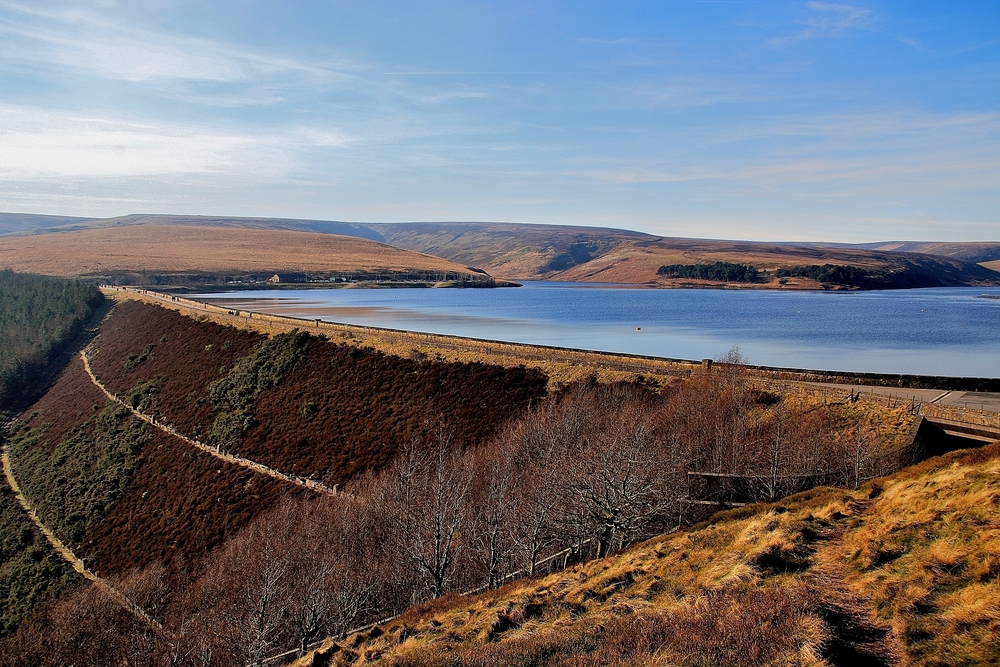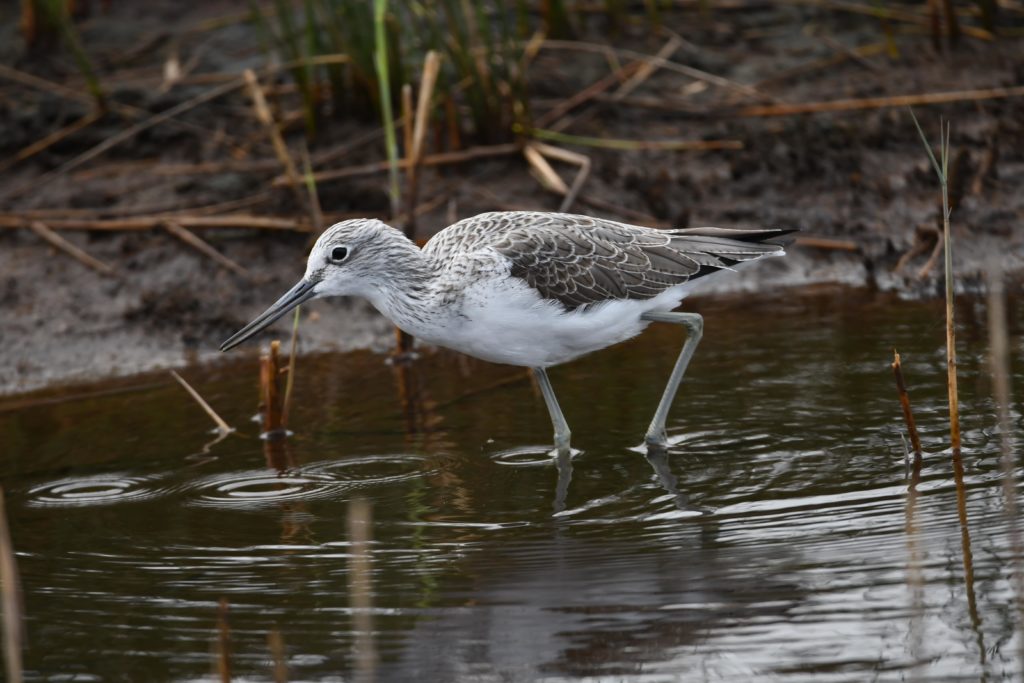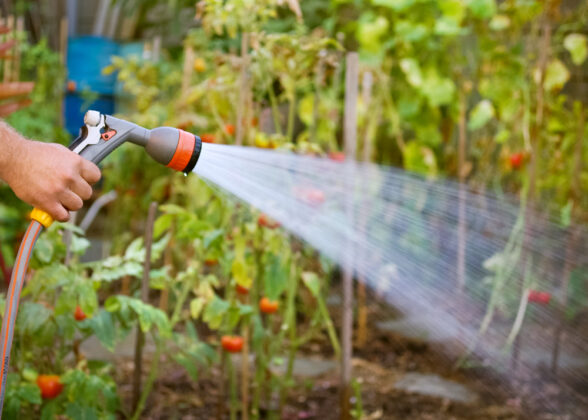Conserving and protecting our most essential resource

Improving water sustainability in the supply chain
Water is perhaps our most immediate connection to Nature. A river, a stream, a pond or lake, the seashore, the ocean. Being responsible with the water we use and avoiding polluting watercourses with effluent and spills is paramount.
When it comes to use water is so ubiquitous in our daily lives that we take it for granted, relatively cheap, abundant and seemingly permanently available.
However, the water we consume and the wastewater we create has significant environmental impacts. Parts of the UK can often suffer from water scarcity. Pollution is a constant threat. The availability of water to meet industry, business and household demands, let alone what nature’s needs, often means we get close to going short. Parts of the UK recently came very close to drought conditions. Conversely however, recent flooding has contributed to major pollution and infrastructural problems. Controlling and managing water in a safe and nature positive way is a constant challenge.

Add to this the energy and materials required to make our water drinkable, and to clean our wastewater before returning it to nature, and you soon realise that there is a lot invested in every litre of tap water. Knowing this can inspire us to be more efficient and sparing with the water we use. Using collected rainwater for dust suppression instead of tap water is a great example of lateral thinking and saving resources. We also must ensure wastewater is properly treated and managed to avoid spills and pollution from our effluent. We also need to take more action to incorporate “green and blue infrastructure” considerations into our care and enhancement of the wider built environment.
Global Water sustainability
Elsewhere in the world water is often a critical scarce resource, through climatic conditions but also through excessive demand from industry and agriculture, mismanagement, lack of care and poor, leaky or non-existent infrastructure. Therefore as responsible customers we have to not only consider our direct water use, but also the global water footprint and environmental impacts within our supply chains.
We are losing species diversity at an alarming rate. Protecting, enhancing and creating new water based habitats can help to address this slide and improve the prospects for all of us, as well as the species that rely on these environments. There is a growing movement back towards Nature Positive solutions, based on increasing understanding that if we break nature we break our most important ally in the path towards net zero.

Green and blue infrastructure integrates a network of nature based and semi-natural features and solutions into our built environment.
The School has produced an updated e-learning module explaining how its use can deliver project and sustainability gains whilst providing benefits in; proximity to nature, leisure amenities and wellbeing for users or the built environment and its surroundings.
Water - Sustainability Short
In this short animated video, we discuss why water is a significant issue for the built environment and the impacts it can have on our work and lives.

How manufacturing and supply impacts water sustainability
The manufacturing and supply processes to make the goods we buy and use can require significant quantities of water. We can apply the principle of embodied water just as we would for embodied carbon. A typical example is importing fruit and vegetables from water scarce countries. Water is contained within them and vastly more used to grow them. Construction goods and other products required across the entire built environment can also require significant amounts of water for their manufacture and use.
Responsible clients, developers, contractors and facilities managers are now measuring and reporting on potable water use on sites and also calculating the water footprint of their supply chains. Government has a target of reducing water consumption by 20% per person – an average of 122 litres per person per day – by 2038.
Water
Introduction to Water
E-learning module
Water
Water Footprint Calculator
Tool
Water
Water Footprint Calculator Methodology
Document/Presentation
Water
The Global Water Footprint of Humanity
Video


 60 minutes
60 minutes